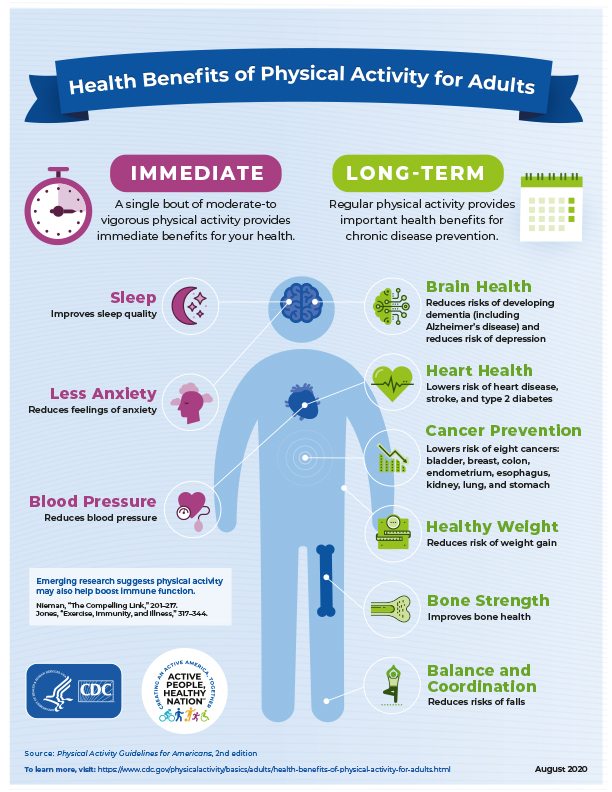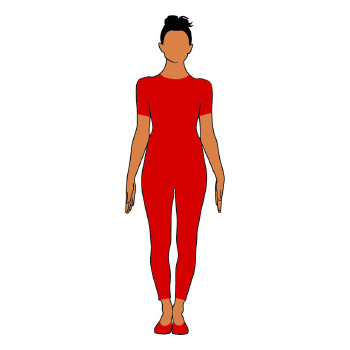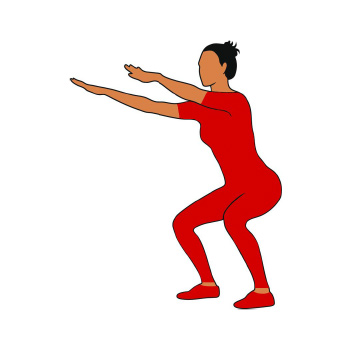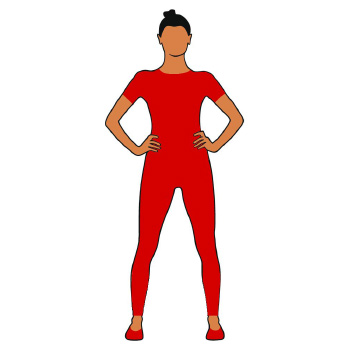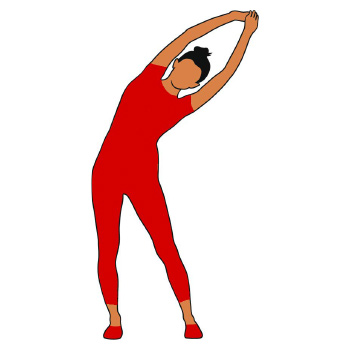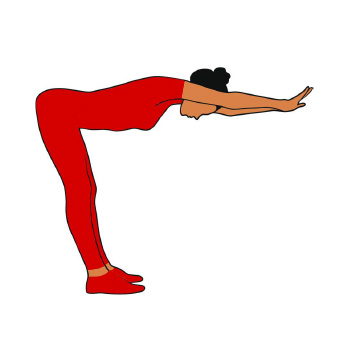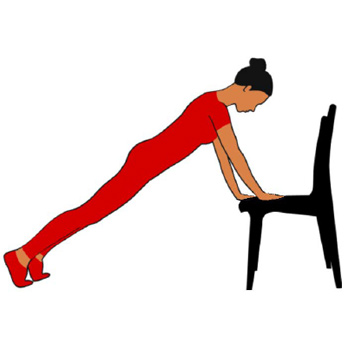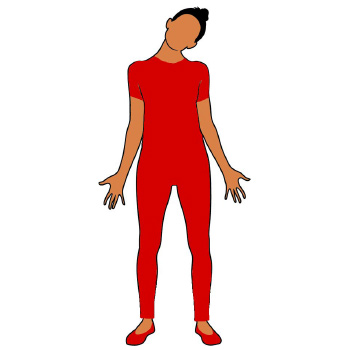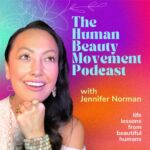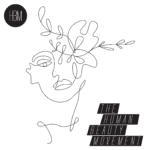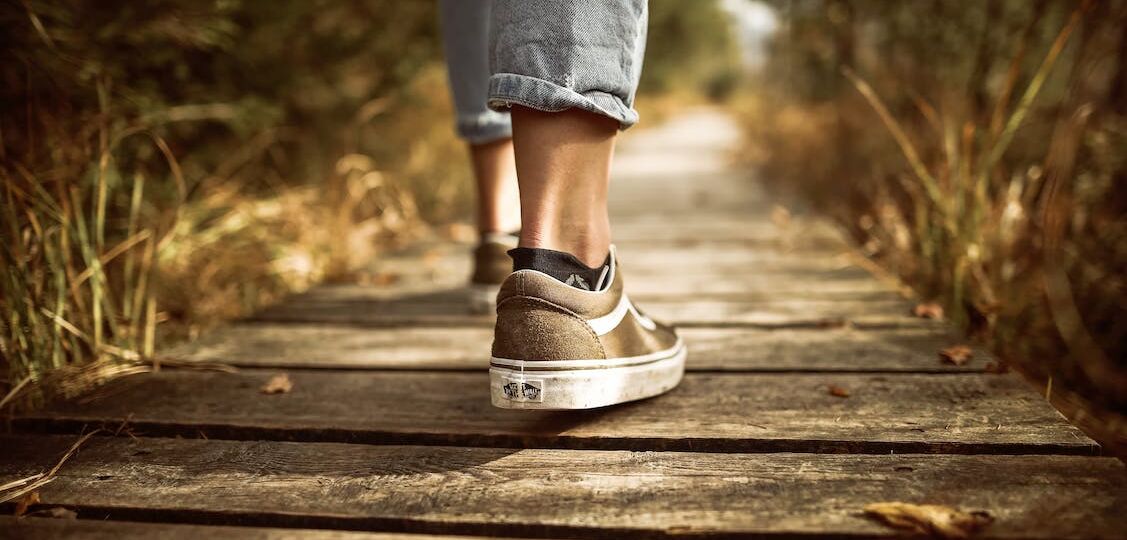
We know exercise and staying active are great for our health, but it’s easy to opt out of physical activity when we get caught up with deskwork and the daily grind. Thankfully, it’s never too late to evaluate and refresh our routines by incorporating microsteps. Microsteps are little changes that we can make in our habits to help us improve; they are in essence “too small to fail” and easy to incorporate without being overwhelming. In this blog, we’ll explore microsteps and good habits, the importance of physical wellness, along with microsteps you can use to get moving.
Microsteps and Good Habits
One of the best ways to promote a healthy lifestyle is by creating good habits. According to a study from Duke University, around 45% of our everyday actions are made up of habits.1 Our habits, then, are a fundamental reflection of who we are. As Aristotle put it, “Habit’s but a long practice,” which “becomes men’s nature in the end.”
Microsteps are the building blocks of habits, as making small changes can help you build a new and healthier way of living. B.J. Fogg, a behavior change researcher and the director at Stanford University, said: “To create a new habit, you must first simplify the behavior. Make it tiny, even ridiculous; a good tiny behavior is easy to do — and fast.”
Arianna Huffington — celebrated author, political activist, and co-founder of the Huffington Post — has written over a dozen books about why microsteps work and how they’re backed by science. She told The Ladders, “ I personally use microsteps to reduce stress and recenter. It’s about prioritizing your well-being in some small way to set yourself up for success.”
Pictured: Arianna Huffington Source: Huffpost
The Importance of Physical Wellness
Physical wellness, in essence, is the ability to maintain a healthy quality of life that allows you to get through your daily activities without undue fatigue or physical stress. Physical activity is just one aspect of physical wellness; it can also include managing stress, getting enough sleep, and eating a healthy diet.2
Physical activity, though, is one of the most important things that we can do for our health, according to the Centers for Disease Control and Prevention.3 Its findings provide more detail on the benefits of physical activity:
- Physical activity can reduce the risk of cardiovascular disease: Exercising reduces the risk of heart disease and stroke, the two leading causes of death in the United States. Exercise can also reduce blood pressure and improve cholesterol levels.4
- Physical activity can cut down the risk of some cancers: Research shows that physically active people have a lower risk of colon cancer, and in women, breast cancer. Some research indicates the same for endometrial and lung cancer.5
- Physical activity can strengthen bones and muscles: Exercise can slow the loss of bone density that comes with age, and may also help with arthritis.6
- Physical activity can improve mental health and mood: Physical activity keeps thinking, learning, and judgment skills sharp. It may also reduce the risk of depression and improve sleep quality.7
Pictured: The health benefits of physical activity Source: CDC
Microsteps to Promote Physical Wellness and Get Moving
Fitness goals can seem truly daunting, as we often view them with certain conditions like following a fad diet or becoming an exercise fanatic. Instead of drastically altering your lifestyle overnight though, research has found that microsteps can yield huge benefits like increased energy, improved sleep, and an overall state of contentment when compared to large changes.8
Here are ten easy microsteps that can get your body more active to promote physical wellness:
Use Your Apple Watch to Track Progress
The average American walks 3,000 to 4,000 steps a day or roughly 1.5 to 2 miles.9 By using your Apple Watch, you can find out how many steps a day you walk as your baseline. Then, you can start small by adding extra steps daily. You can also use an app like Time to Walk, which features personal stories from influential people to inspire Apple Watch users to walk more.
“Walking is the original mindfulness activity, where you get out in nature, you get some fresh air, and you get the dopamine and the endorphins of activity. You look up, you look ahead, and it gives you a chance to open up your thoughts and to be inspired,” Jay Blahnik, senior director of fitness technologies at Apple, said.
Find Your Motivation
Finding ways to increase your motivation is crucial as it allows you to change behaviors, develop competencies, set goals, grow interests, and make plans. Once you commit to making small healthier choices, your larger goals will seem much more achievable. After all, small lifestyle changes can be building blocks for more ambitious health goals.
Here are some strategies to boost your workout motivation:
Rethink Positive Thinking
Positive thinking enthusiasts have long said that visualizing the benefits of an act or behavior is a wonderful motivational strategy. To do this, for example, you’d think of how the sun feels on your face as you walk through your neighborhood. Or how happy you’d feel when you notice your muscles developing.
According to Gabriele Oettingen, PhD, a psychologist at New York University and renowned author of Rethinking Positive Thinking: Inside the New Science of Motivation, these feel-good fantasies are only effective when accompanied by more realistic problem-solving methods.
She says that after naming your wish and seeing the outcome, you must identify what’s holding you back. In a study of 51 female students who wanted to eat less junk food, researchers asked each woman to imagine the benefits of nibbling on better foods. Those who identified the trigger that made healthful snacking difficult for them were most successful at sticking to their goal.10
Reward Yourself
We all find motivation in different ways, so if the usual goals of “better health” and “weight control” aren’t doing it for you, try something else. Journalist Charles Duhigg, author of The Power of Habit: Why We Do What We Do in Life and Business, advises to make the benefits of working out more tangible, such as by treating yourself to a smoothie afterward.
He mentioned creating a neurological “habit loop,” which involves a cue to trigger the behavior (setting out your walking shoes), the routine (walking on the treadmill), and then the reward. “An extrinsic reward is so powerful as your brain can latch on to it and make the link that the behavior is worthwhile,” he explained. “It increases the odds the routine becomes a habit.”
Try a Ten-Minute Workout
If you’re new to working out, start with a ten-minute exercise routine. By exercising for ten minutes with intensity and effort, you’ll be more likely to give your body what it needs to keep adapting, building muscle, and increasing your capacity.11 Here are some steps to follow for an easy ten-minute workout:
Shoulder Rolls
Standing or sitting with your feet hip-width apart, slowly roll both of your shoulders forward, up, back, and down. For added intensity, you can hold hand weights down at your sides while performing this exercise.
Squats or Chair
Standing with your feet hip-width apart, keep your back straight and bend your knees and hips as if to sit down in a chair with your arms out in front of you; for squats, straighten back up and repeat. For added intensity, raise your arms overhead or hold a weight at your chest or shoulders.
Calf Raises
Standing with your feet hip-width apart, keep your legs straight but not locked as you slowly lift your heels and rise to a tip-toe position, then lower yourself back to the floor. For added intensity, raise one leg while you do calf raises with the other. Try to perform 10 repetitions before switching to the other foot.
Side Bends
Standing or sitting with your feet hip-width apart and your hands on your hips or overhead, bend to one side and then return to a standing position. Try to perform at least 10 repetitions before switching to the other side. For added intensity, try to hold a weight at your side or chest level while doing your side bends.
Tabletops
Standing with your feet hip-width apart and keeping your back straight, bend forward at your hips until your body is parallel with the floor. Hold for a few seconds on each repetition. For added intensity, hold hand weights to your sides or one weight with both hands at chest level.
Pushups or Plank
Standing with your feet hip-width apart, place your hands shoulder-width apart on a stable surface like a wall, desk edge, or stationary chair. Staying in this position, walk backward until your body is at a 45-degree angle with the floor. Hold a few seconds for a plank; bend and straighten at your elbows for pushups. For added intensity, lift one of your legs behind you and hold during pushups or while in a plank position.
Neck Stretch
Standing or sitting with your feet hip-width apart and your shoulders down and back, look straight ahead and tilt your ear toward your shoulder until you feel the stretch. Try to hold this position for about 10 seconds and then repeat on the other side. For added intensity, place your hand on top of your head and apply light pressure to increase your neck stretch.
Sneak In Exercise Throughout Your Day
It’s recommended that adults get a minimum of 150 minutes a week of moderate-intensity aerobic activity, while also working the major muscle groups at least two days a week.12 If you’re too busy to hit the gym, you can actually boost your physical activity throughout your day with small microsteps.
Here are seven ways to sneak more exercise into your day:
- Rise and shine — and stretch: Before you start your regular morning routine, do some gentle stretches or follow a yoga video on Youtube.
- Take the scenic route: You’ll sneak in more exercise if you ride your bike instead of driving, take the stairs instead of the elevator, park farther away in the parking lot, or if you get off the bus or subway at an earlier stop and walk the extra distance. It all adds up.
- Move on your lunch hour: Rather than having lunch at your desk, use your lunch hour to go to the gym, speed walk, or run errands. Eat something healthy while on the go or have lunch at your desk later.
- Propose walking meetings: Change the pace of your workplace by breaking out of the conference room and doing walking-and-talking meetings instead of the usual sit-down ones.
- Walk the dog: Not only will you squeeze in more exercise, but your dog will enjoy the extra walking time too. Don’t have a dog? Ask someone in your family, a friend, or neighbor to be your walking buddy.
- Take advantage of technology: If you tend to get distracted by your daily tasks, set an alarm to remind yourself to get up and move.
- Work out around the house: Doing housework can be a great way to get in more physical activity.
In Conclusion
Microsteps and mini-goals work because they’re bite-sized milestones, within just enough reach to make you feel good and get you moving. Plus, each time you achieve a miniature milestone, you’ll receive dopamine to your brain as part of your innate reward system. Using microsteps to increase your physical activity daily is an excellent way to promote health, wellness, and an overall sense of accomplishment. You got this!
How do you sneak in physical activity throughout your day? Let us know in the comments!
References:
https://www.northwestern.edu/wellness/8-dimensions/physical-wellness.html [2]
https://www.cdc.gov/physicalactivity/basics/pa-health/index.htm [3]
https://www.helpguide.org/articles/healthy-living/the-mental-health-benefits-of-exercise.htm [7]
https://citeseerx.ist.psu.edu/viewdoc/download?doi=10.1.1.380.1911&rep=rep1&type=pdf [10]
https://www.wholelifechallenge.com/why-10-minutes-of-exercise-per-day-is-enough-to-get-you-results/ [11]


